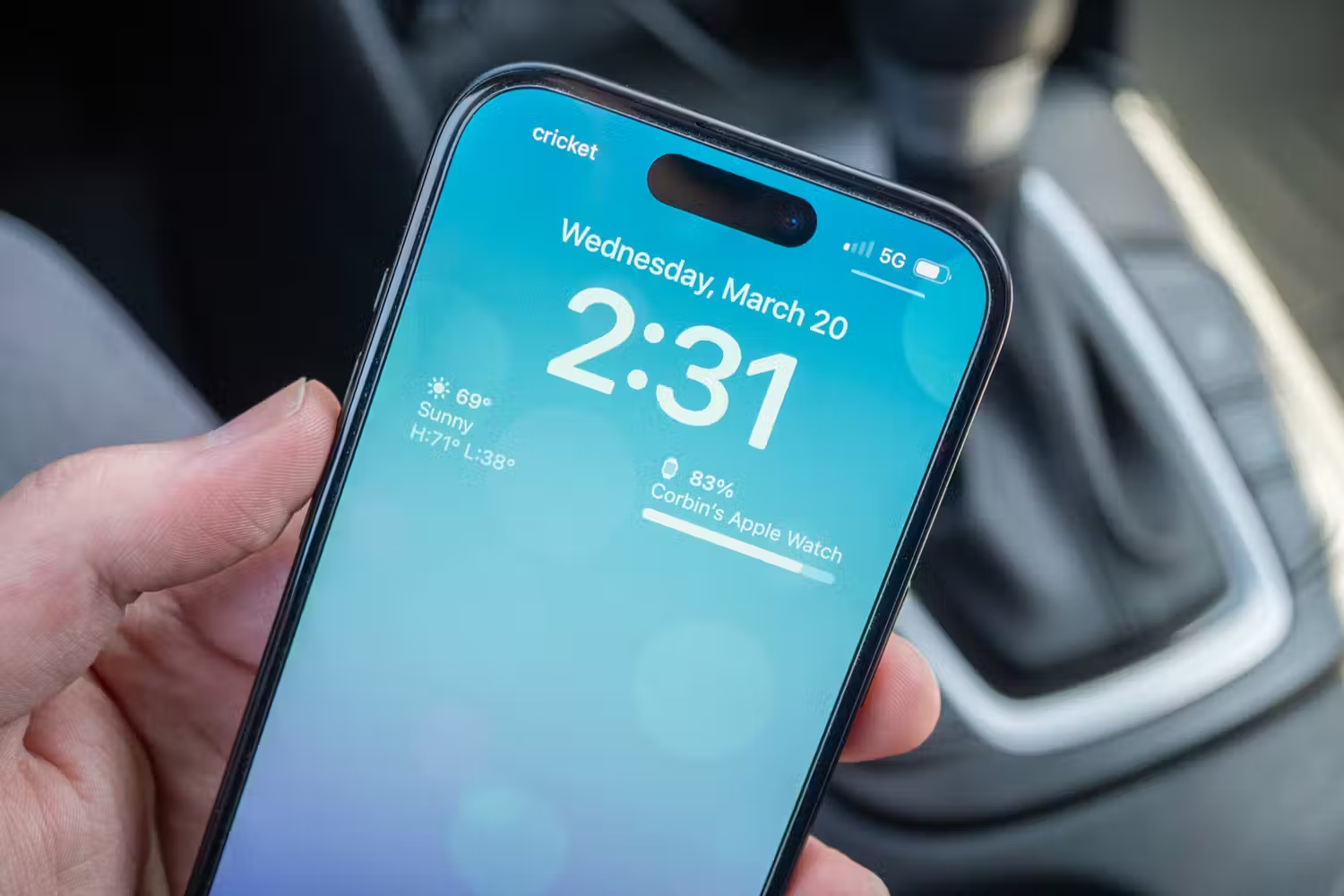Estimated reading time: 5 minutes
Smartphones are expensive investments; a scratched screen is one aspect that one would not like to wake up to. Even today, people continue purchasing screen protectors to protect their devices; however, are they still important?
There was a time when having a screen protector was nearly compulsory. But as far as the construction of today’s displays in the smartphone is concerned, the materials used differ much from those in the first models. Thus if you do not have one, there is no real problem that you will encounter and if you are thinking of getting one you may realise that it is not as essential as before.
Screen Protectors 101
It is a plastic or extremely thin glass layer that one applies directly on the surface of their smartphone. It is trimmed into the shape of the device to leave an opening only in the right place—this is why there are distinct screen protectors for different devices.
Depending on the method used, to apply a screen protector you normally clean the screen of your device with a microfiber cloth, wet the screen protector with some soapy water and then place it on the screen. What you do is use a squeegee tool to push out the water and bubbles and one would expect the surface to be flat and smooth which should make the protector to be invisible.
Note that the concept behind the screen protector is that it offers the beating it gets while the glass face is positioned to remain as immaculate as possible. The idea is pretty evident here – it is easier to install a new screen protector than try to fix a damaged screen. However, the two types to be displayed below are meant to bring screen protectors to their knees.
Gorilla Glass Explained

Today, the larger part of Android-oriented phones are protected by Corning Gorilla Glass. This is a type of hard glass with high resistance to scratching and other degrees of abrasion. What is more, Corning has been over the years coming up with newer versions of the Gorilla Glass out into the market. As of August 2024, the latest version is Gorilla Glass Victus 2.
What Gorilla Glass attempts at is two things and two things only; it seeks to shield against scratches and cracks. In general, it must afford advantages to one side over the other. Some of the earlier models had a tougher, more scratch-resistant surface that was less resistant to being cracked and other models were easier to scratch but less easily crackable. And it’s always this delicate balance between the two, and Corning has not ceased to complicate things.
Corning says that Gorilla Glass Victus will withstand drops on rough surfaces that are 2m, or 6 feet, high. Scratch resistance can be fairly determined using the Knoop Hardness Test. Thus, each sample in the present study exhibited good mechanical strength: Victus – 8-10 Newton, the other glasses – about 4 Newton.
ALSO READ
Ceramic Shield Explained

Apple doesn’t use Gorilla Glass for iPhones. Instead, it uses a glass exclusive to iPhones called “Ceramic Shield.” Introduced with the iPhone 12 and still being used in the iPhone 15 series, Ceramic Sheild is also made by Corning.
Ceramic Shield is not just a fancy brand name—the glass does include ceramic. Ceramic Shield glass is embedded with ceramic nanocrystals that are smaller than the wavelength of light, making it appear just as transparent as normal glass.
The result is a tough material that is resistant to drops and scratches. Sadly, Apple doesn’t share many technical details about Ceramic Shield. It simply says it’s “four times better” than pre-iPhone 12 models. There’s no way to compare Ceramic Shield to Gorilla Glass, but it’s safe to say they are both durable displays made by Corning.
Disadvantages of Screen Protectors
The big thing that screen protectors do is alter the feel of the surface of the display. Of course, plastic does not feel as good to the touch as glass, and that is why glass screen protectors have appeared.
Shielding yourself with a sheet of plastic or thin glass over the screen can alter your device’s screen a bit if the screen protector acquires an ugly hue at some point. And since they are not nearly as durable as Gorilla Glass or Ceramic Shield they collect various blemishes that would not scratch the screen of your smartphone.
Of course, all of this is based on the condition that you apply the screen protector in the right manner. So be careful; within a short time, you find that there are bubbles and cracks beneath the screen protector and you have to apply a new one.
So, When Do You Need a Screen Protector?
Some common materials can scratch any smartphone display. One of the biggest things to watch out for is sand, it’s surprisingly hard. If you go to the beach and end up with some sand in your pocket, that sand can rub against your smartphone’s glass screen and scratch it. Unsurprisingly, hard rocks work similarly. Other types of glass, rare metals, and very hard materials like diamonds can also scratch a Gorilla Glass or Ceramic Shield display.
Screen protectors also boast anti-fingerprint coatings, but modern smartphones have “oleophobic” coatings that repel the oil on your fingers, reducing unsightly fingerprints. Even if you have fingerprints building up, you just need to give the screen a quick wipe—ideally with a microfiber cloth.
Screen protectors aren’t a must-buy item anymore. You can safely use a modern smartphone with a “naked” screen, and—even if you put it in the same pocket with your keys—it should be fine.
Of course, you’ll probably want to keep your keys and coins in another pocket—there’s a chance they could scratch some other part of your phone.







